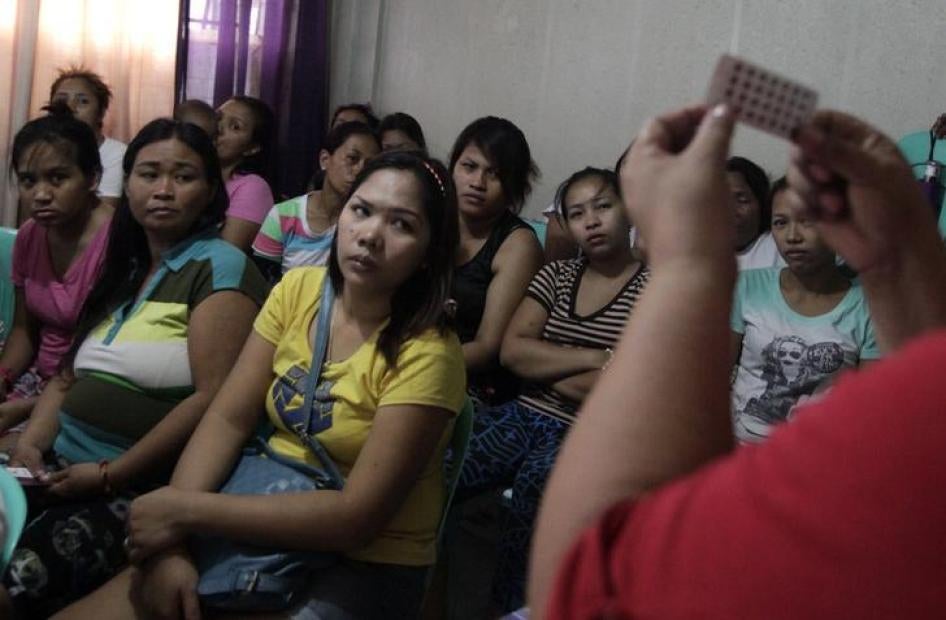The Philippine Food and Drug Administration (FDA) has effectively lifted a supreme court order in 2015 temporarily banning 51 female hormonal contraceptive products by determining that they do not induce abortion.
The FDA action meets a court condition that allowed for the automatic lifting of the ban after the FDA’s “re-certification” of those contraceptives. This will help address a significant shortfall in available types of birth control for Filipino women, particularly those with low incomes. The distribution ban forbade the sale of hormonal contraceptives – including drugs and devices – by drug stores and clinics.
However, in June, the Department of Health identified the ban as a key stumbling block to attaining President Rodrigo Duterte’s goal for his Executive Order No. 12, which aims to achieve “zero unmet need” for modern family planning. The ban also fueled campaigns by some local politicians to completely outlaw contraceptives in their communities. They included Sorsogon City, whose mayor, Sally Lee, has banned the sale and distribution of all contraceptives in her city since February 2015.
The FDA decision complements the government’s efforts to improve delivery gaps in reproductive health services that have hurt Filipino women, particularly the poor. Those efforts include Duterte’s executive order, issued in January, for the “strict implementation” of the country’s landmark reproductive health law. This law requires the national distribution of contraceptive products, comprehensive sexuality education in schools, and provides for a more efficient system to decrease the incidence of maternal death.
The challenge now is for the government to ensure that these hormonal contraceptives – many of them stored in warehouses for more than two years now – are distributed before they expire next year. It should also resist the expected attempts by the Catholic Church and conservative lawmakers to frustrate the full implementation of the reproductive health law by defunding the Department of Health, as they did in 2016.









